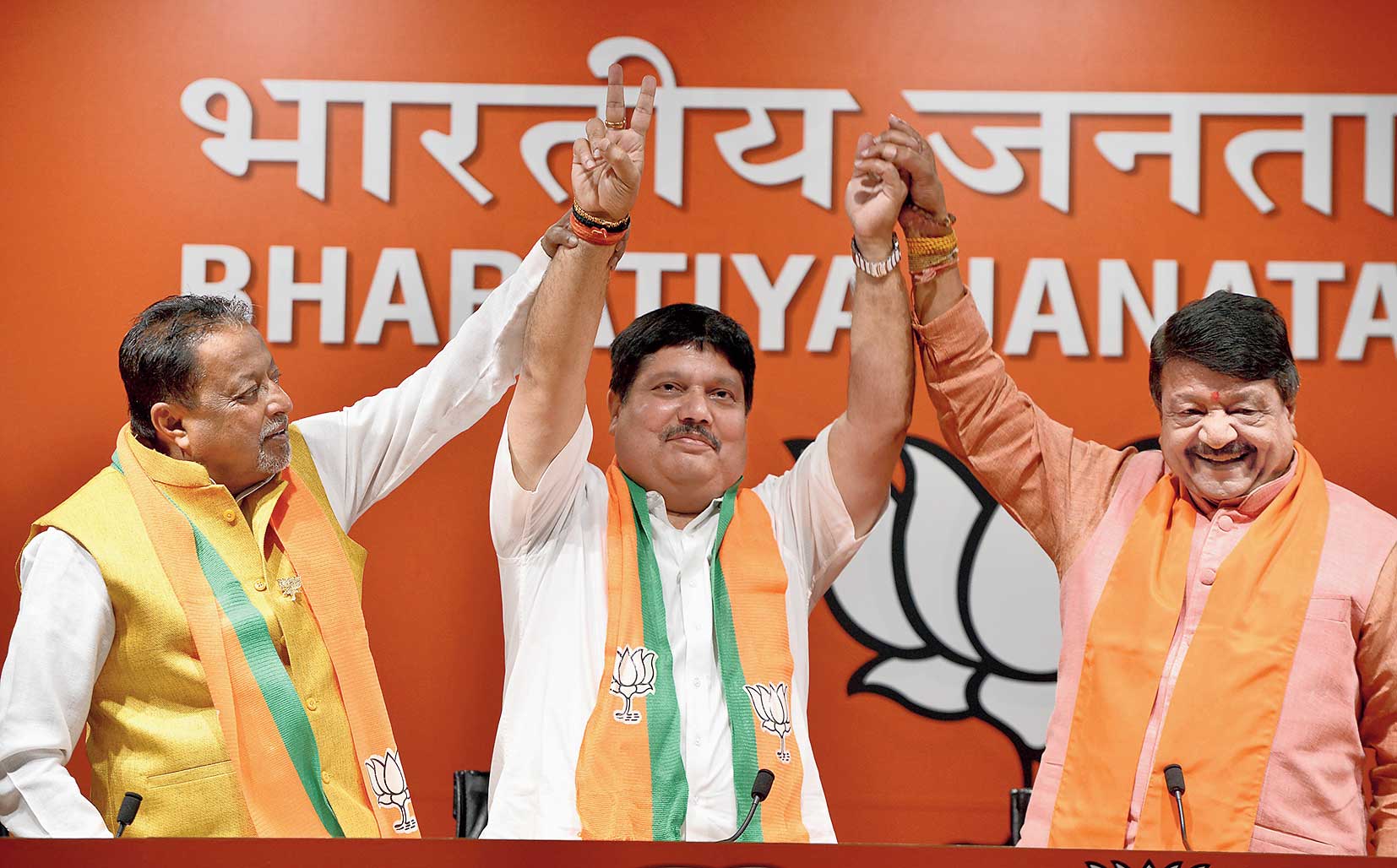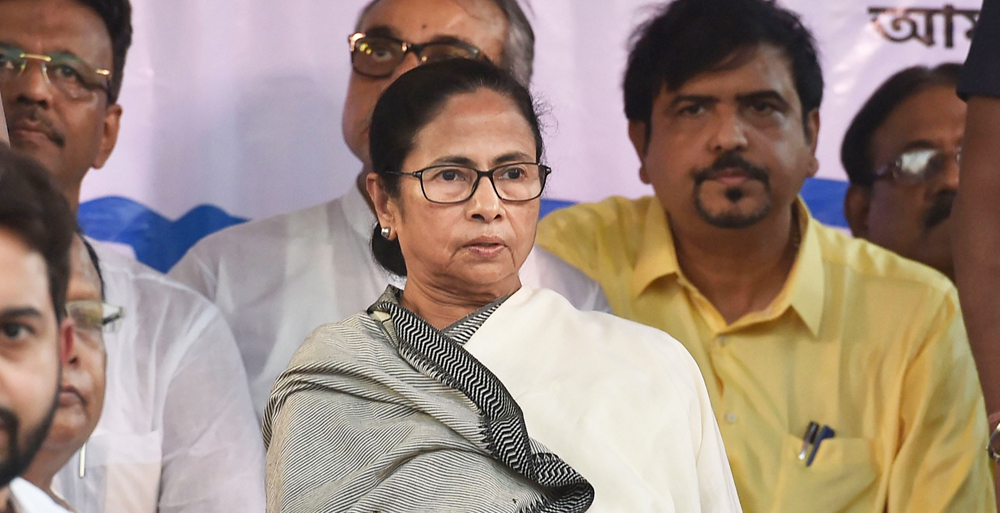Ten lakh postcards with ‘Jai Shri Ram’ written on them are, according to the Bharatiya Janata Party leader, Arjun Singh, to be posted to the chief minister of West Bengal. The senders of those, devotees of the Prince of Ayodhya, will feel fulfilled. They should also feel pleased by something else, something very different, very mundane. They are doing an unintended but great service — to the postcard.
In times when letters, handwritten communications, are in decline and the postal services are in deep gloom because of the global takeover by email and private courier services, this sudden surge in the career of that humble postal stationery of ‘the common man’ is something to be delighted by. This ‘campaign’ is not just a proclamation of the senders’ devotion to Shri Ram but also a celebration — of the postcard.
What commodity of use, and in fact of multiple use, is to be had for Rs 0.50? Half a rupee will fetch you nothing in the market today. Nothing. And just look at ‘what-all’ this half a rupee gets for you.
First, mobile paper. By which I mean a piece of paper that will actually travel, to start with by road to two or three points in the village, town or city where its journey commences, then by rail or air — yes, air — to its destination if connected by air, in the company of other postal stationery like air-letters, letters in monogrammed envelopes carrying monogrammed bond paper on which letters have been written, documents sent.
Second, economy. And that, in the most modern environmental sense of the term. When using a 14 cm x 9 cm postcard you do not have to buy any of the three things needed for a ‘normal’ letter — letter-paper, envelope and postage stamp. It comes ready-made, three-in-one or three-in-four if you count the glue needed to seal the envelope and stick the stamp on it.
And, finally the saving of time. In writing on a postcard you need only so much and no more of that scarcest of scarce things, precious time. The postcard, being as small as it is, can hold only limited wordage. And in reading it you need to spend only that much — or little — time and no more. For sheer concision and precision the postcard is the true parent of the tweet.
There is one other thought that came to me, on reading of this postcard mobilization. What is Mamatadebi’s office going to do with the avalanche? There will be no space to store them in. And with Shri Ram’s hallowed name on them, they can scarcely be ‘disposed of’. I would urge that she asks the postal department to take over the corpus and recycle it into another generation of postcards. If a postcard is a symbol of thrift, a recycled postcard will be a herald of ecological prudence.
This way the postal system will deploy double the number of postcards, a lovely thing. And incidentally, remind the senders of a great user of the postcard, Mohandas Karamchand Gandhi. The senders of the thousands upon thousands of postcards to Mamatadebi will be following his example. And they will be doing that not only in the mode of their communication but also in the message — ‘Jai Shri Ram’ — for if there was ever a Ram-bhakta, it was that man who, as a child frightened of the dark and of ghosts, was told by his nurse, Rambha, to chant the name of Ram for all fear to melt away. ‘Ramanama’, as he called it, thus became his very life-breath. He and his brother learnt the Ram-raksha by heart and, later, Tulsidas’s Ramacharitamanas he regarded as the greatest in all devotional literature. With the song that he called ‘Ramdhun’ he gave ‘Ram’ a new and urgent intensity. And of course, on January 30, 1948, as he stood face to face with his assassin, Ram absorbed him with the bullets. “He Ram,” he said as life left him or he left life.
Not very long ago, a group of Indian artists led by Sahmat fashioned postcards with images of Gandhi or of themes around Gandhi to mark the 150th year of his birth and sent them out to a large number of fellow-citizens concerned about the rise of religious intolerance in India. These were works of art, as also messages of concern.
I would urge the senders of the ten lakh postcards to post them in the self-addressed reply postcard mode and procedure which its perforated jointure facilitates. Mamatadebi can then reply to them in the same spirit of commemorating Ram and for every incoming ‘Jai Shri Ram’ postcard she can give on the attached reply card the opening words of ‘Ramdhun’: Raghupati Raghav Rajaram, patita pavan Sita Ram, Ishvar Allah tero nam sabko sanmati de Bhagavan.
Sanmati — good sense — is at a discount. The originators of the ‘Jai Shri Ram’ postcards may not realize it but they are, by their initiative, also doing some things beyond their intention. Thanks to the alchemy of that fifty-paise worth rectangle of pure gold, the postcard.












